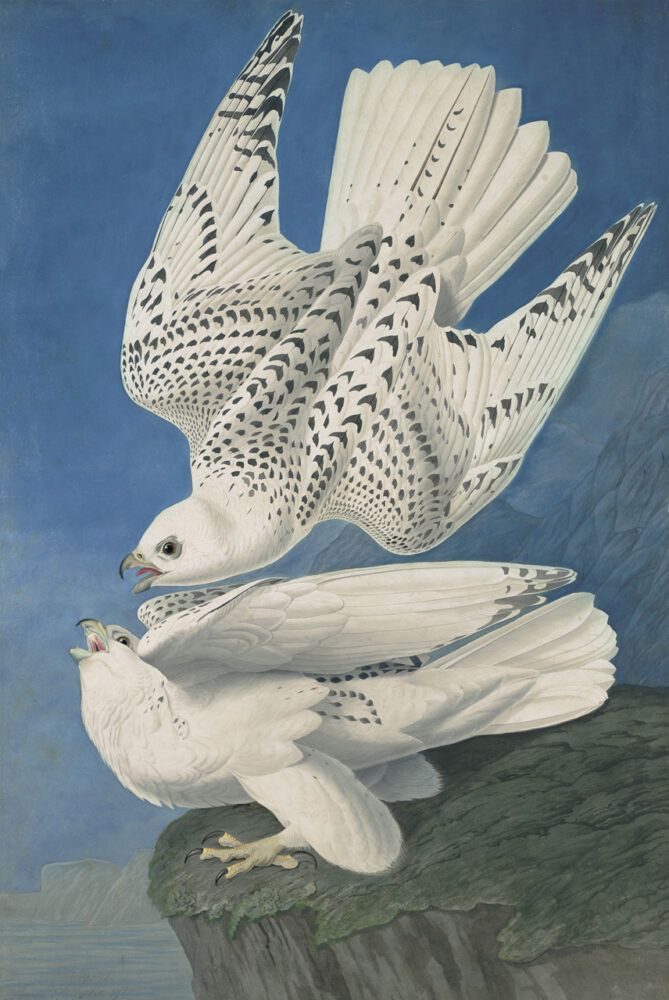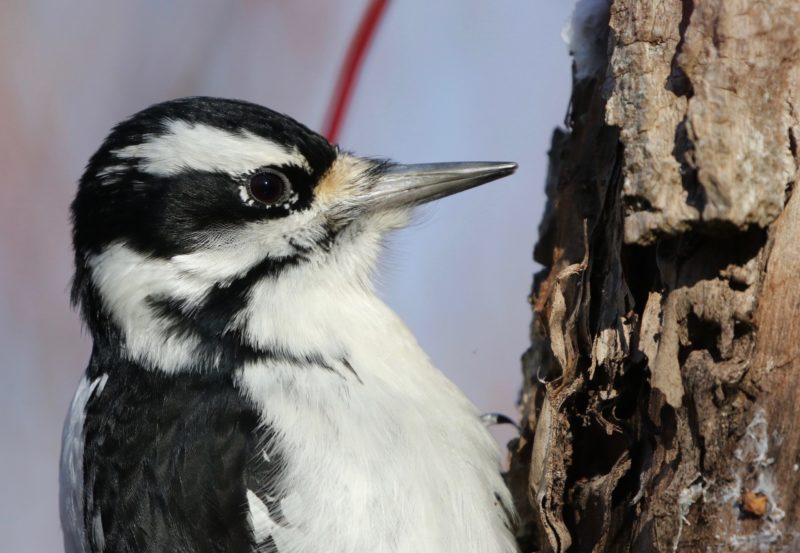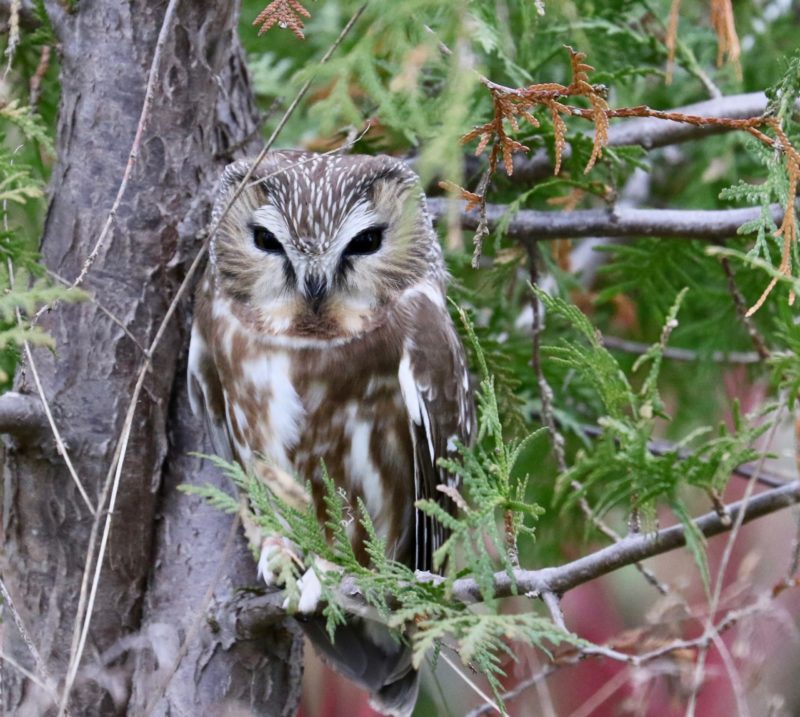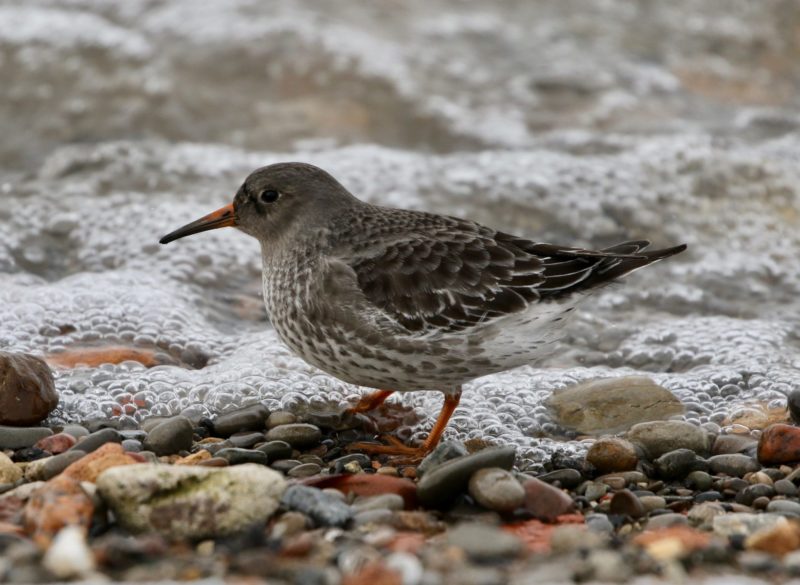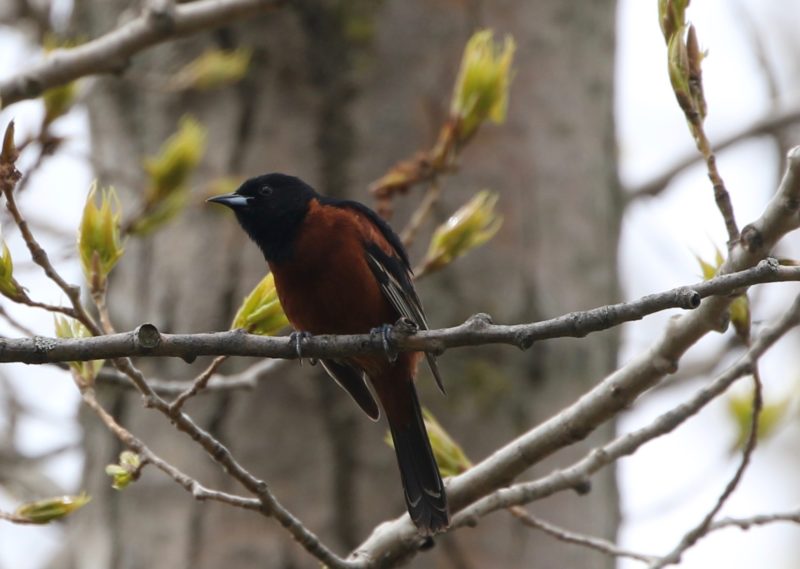Audubon Again: Another Look at the Fair Incognito
I have been thinking and writing about Audubon’s story of the Fair Incognito, the woman who commissioned him to draw her portrait in the nude, for the past two or three years. I kept returning to the subject because I never thought I really understood why the artist felt compelled to set this story down … Read more
